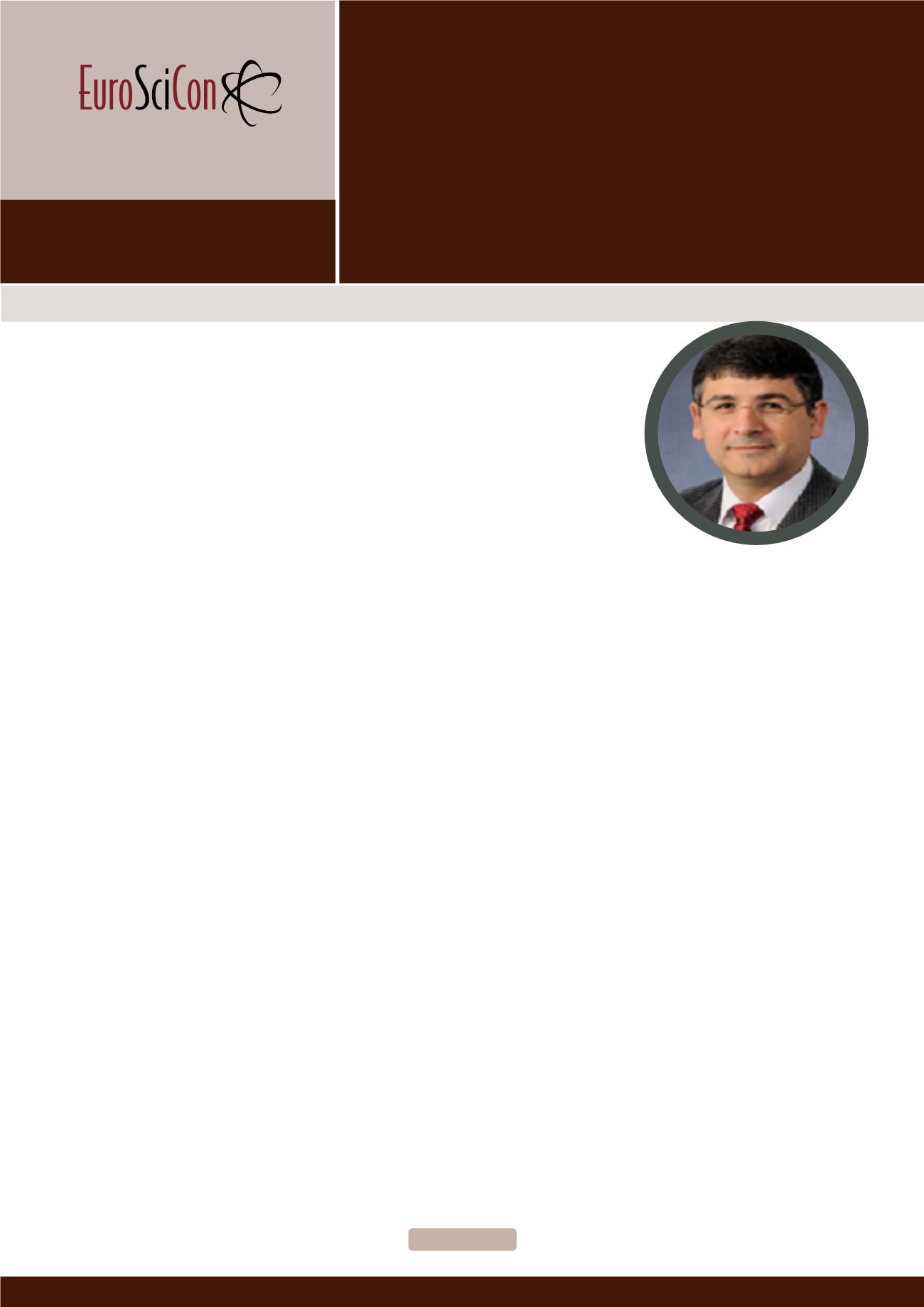

I n t e r n a t i o n a l C o n f e r e n c e o n
Structural and Civil Engineering
Research
JET 2018
ISSN: 2319-9873
O c t o b e r 0 1 - 0 2 , 2 0 1 8
Am s t e r d a m , N e t h e r l a n d s
Civil Engineering 2018
Page 17
R
ecent earthquakes in Taiwan and Mexico City have shown that non-ductile
reinforced concrete buildings present a great risk to human life because of
their high probability of collapse during strong earthquakes. Among the population
of older buildings, it is of utmost importance to identify the characteristics
that increase the likelihood of failure of the gravity load system so that the
most dangerous buildings can be singled out for corrective actions. Evaluation
standards, such as ASCE-41, are increasingly being adopted by local authorities
in the United States for this purpose. Building assessments are performed by
estimating the spatial distribution of damage for a given seismic hazard using
mathematical models created with modelling parameters and acceptance criteria
specified in the standard. The seismic performance of a reinforced concrete (RC)
frame structure is evaluated using a mathematical model assembled using the
modelling parameters for nonlinear dynamic analysis in the ASCE 41-17 standard.
The mathematical model includes nonlinearities associated with flexural and
shear failure. The seismic hazard consisted of the set of far-fault ground motions
in FEMA P695, scaled to the intensity of the MCE ground motion at the building
site according to the provisions in FEMA P695. Probabilities of collapse due to
lateral and local instabilities are presented as well as probabilities of achieving
performance objectives of immediate occupancy, life safety, and collapse
prevention.
Performance limits and collapse
probabilities for nonductile RC buildings
Adolfo B Matamoros
The University of Texas at San Antonio, USA
Adolfo B Matamoros, JET 2018 Volume: 7
Biography
Adolfo B Matamoros is the Peter T Flawn Professor in the
Department of Civil and Environmental Engineering at the
University of Texas at San Antonio, where he joined the Faculty
in 2014. Prior to UTSA, he worked for 15 years at the University
of Kansas, in Lawrence, KS where he held the titles of Professor,
Associate Chair for Undergraduate Studies, and Director
of Laboratories. He received his MS, PhD degrees in Civil
Engineering from the University of Illinois at Urbana-Champaign
in 1994 and 1999, respectively and the Degree of Licenciado
(IPB) from the University of Costa Rica, in 1989. He is a Licensed
Professional Engineer in the state of Texas and is active in
multiple professional organizations including the American
Concrete Institute, the American Society of Civil Engineers, and
the Earthquake Engineering Research Institute. He has chaired
national technical committees such as the joint ACI/ASCE
Committee 408 on Bond and Development of Reinforcement,
and the ACI 423-445 ad-Hoc Committee on shear/anchorage
failure in end regions of prestressed members. He is a Voting
Member of ACI Committees 374, Seismic Resistant Design;
341, Earthquake-Resistant Concrete Bridges; 369, Seismic
Repair and Rehabilitation, and 445, Shear and Torsion.
abm@utsa.edu















